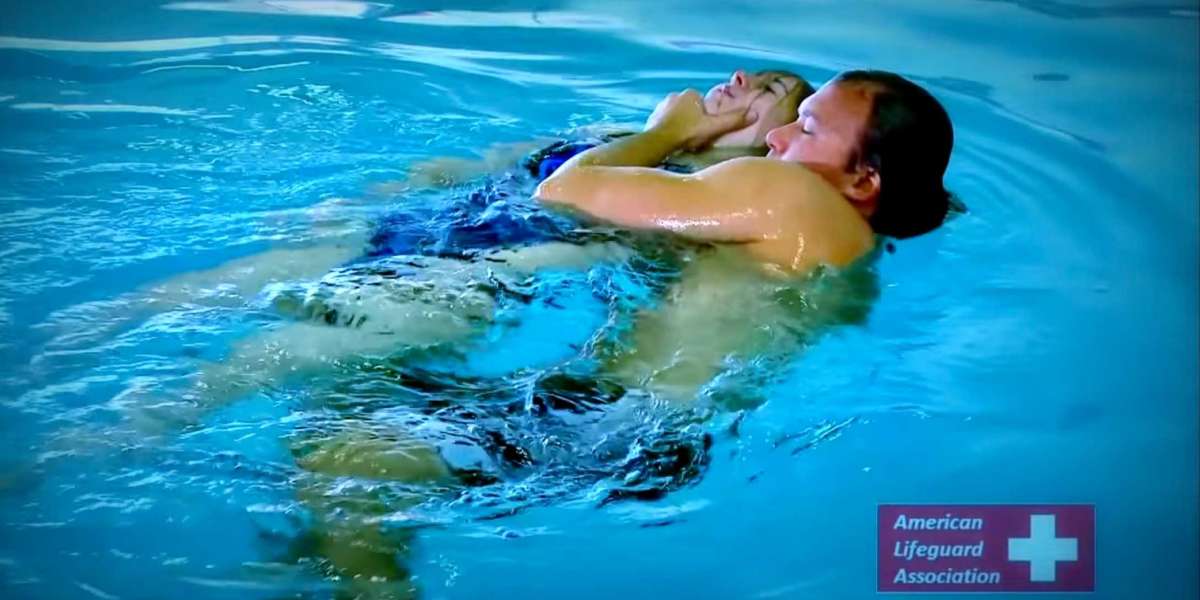Certification Through the ALA
The American Lifeguard Association (ALA) is the leading certifying body for lifeguards in the United States. In order to work as a professional lifeguard, certification through the ALA or equivalent organization is typically required by employers.
The ALA establishes the minimum requirements for lifeguard certification to ensure those serving in this important role receive proper training and are capable of responding to aquatic emergencies.
Prerequisite Skills and Training
Before beginning the certification process, candidates must demonstrate certain basic aquatic skills. This includes the ability to successfully complete the following without assistance or flotation devices:
- Swim 500 yards continuously using the front crawl, breaststroke or a combination of both, swimming at least 100 yards of each stroke.
- Surface dive to a depth of 7-10 feet and retrieve a 10 pound diving brick.
- Tread water for two minutes without the use of arms or hands.
Once prerequisite skills are shown, candidates must complete an approved lifeguard training course that meets the standards set out by the ALA. Courses cover water rescue techniques, first aid, CPR, AED use, injury prevention strategies and much more. Most classes require over 30 hours of training.
Certification Exams
After completing the required training, candidates must pass both a water skills exam and a written exam to become ALA certified. The water skills test evaluates critical lifeguarding abilities like:
- Effectively performing spinal injury management and in-water rescues utilizing techniques taught in the course.
- Calling for help and directing rescuers as needed during a simulated emergency.
The 100 question written test covers subjects from the course curriculum focusing on injury prevention, first aid protocols, condition recognition and emergency response procedures. A score of at least 80% is required to pass.
Maintenance Requirements
Certification through the ALA is valid for 2 years as long as certain renewal criteria are met. Lifeguards must maintain basic lifeguarding skills like those tested at certification by practicing regularly. They must also complete annual training updates covering any changes to safety practices or first aid protocols. The ALA also requires lifeguards to be actively working as a lifeguard for a minimum number of hours per year.
Meeting these ongoing training and activity standards ensures certified lifeguards remain properly qualified for their important job of protecting public safety in aquatic facilities. While renewal requirements ensure skills and knowledge stay sharp, they also promote advanced professional development over the career of lifeguards.
Other Certifying Organizations
While the ALA is the predominant certifier, some areas and employers accept certifications from alternative yet equally reputable organizations. Requirements of these alternate certifications are similar, involving prerequisite skills demonstration, extensive training, and skills and knowledge evaluations. Wherever they obtain it from, certification is a must for any professional wishing to work as a lifeguard.
Education Requirements
While not absolutely essential, many lifeguard roles prefer or require some level of additional education beyond professional certification. Most entry-level positions will consider candidates who have a high school diploma or equivalent. However, opportunities for career advancement and specialization often demand further schooling.
For those wishing to work as a lifeguard instructor or manager, a degree in health education, exercise science, aquatic management or a similar field can set applicants apart. Four-year colleges with relevant programs provide in-depth study of subjects like anesthesiology, injury prevention, teaching methods and facility administration. This education supplements certification training and signals to employers a lifeguard is committed to ongoing professional growth.
Some lifeguard jobs around specialized facilities like water parks, beaches and university rec centers may prefer candidates who have earned an Associates Degree. Community college coursework covers basics that relate to the role, such as CPR instruction, first aid, emergency management and supervision skills. An associates demonstrates to employers a lifeguard has a well-rounded background beyond the basic certification level.
While not mandatory, pursuing additional schooling shows lifeguarding isn't just a short-term job but a long-term career an individual wants to develop expertise in over time. Education helps lifeguards qualify for more sophisticated roles and facilities as their experience increases. The discipline and specialized knowledge acquired from post-secondary programs serve the industry.
Additional Training and Certifications
Once certified, professional lifeguards often augment their qualifications by obtaining supplemental credentials. Specialized certifications in areas like waterpark operation, surf guarding or aquatic therapy demonstrate expanded expertise that can make candidates attractive to employers with more specialized facilities and needs.
Examples of valuable additions to basic certification include American Lifeguard Association Water Park Certification, United States American Lifeguard Association Open Water Lifeguard certification Therapist certification. Certs like these validate extended abilities useful for certain lifeguard environments and clientele.
Lifeguards also strengthen their resumes and development by taking additional non-certifying training in first aid expanders like wilderness medicine, enhanced injury recognition courses from reputable providers like NASM, or certifications in related fields like Pilates Mat Instructor. While not mandatory, these extras signal commitment to continued growth within the profession.
Final Opinion
Protecting lives in and around water is a serious responsibility that demands properly trained and qualified professionals. The requirements established by the American Lifeguard Association and other certifying bodies help ensure any individual holding the title of “lifeguard” has demonstrated they have the skills.
Knowledge and abilities to competently prevent and respond to emergencies through certifications entailing prerequisite swimming abilities, extensive skills-focused training and repeat demonstration of competency. Obtaining certification is an essential first step for anyone wishing to embark on a meaningful career saving lives as a professional lifeguard.












